| Mt. Ontake and the 9.27 eruption disaster Hideko Sherlock. et al(Yamabiko no Kai) Translated by Teiichi Aoyama and Komichi Ikeda E-wave Tokyo 31 June 2024 Tokyo |
 Left to right Komichi Ikeda, Hideko Sherlock. and Teiichi Aoyama at exhibition room in Shinagawa-ward, Tokyo This year marks the 10th anniversary of the eruption of Mt. Ontake, which left 63 people dead or missing. In order to continue passing on the lessons learned, an exhibition of photographs and artifacts taken by victims of the disaster opened in Shinagawa, Tokyo, on May 31. Ontake, which straddles Nagano and Gifu prefectures, erupted on September 27, 2014, killing 58 people and leaving 5 missing in the worst volcanic disaster in postwar Japan. Mt. Ontake and the 9.27 eruption disaster Japan is one of the world's most volcanic countries, with approximately 10% of the world's active volcanoes. Currently, 111 mountains are considered active volcanoes, and 50 of them (47 at the time of Mt. Ontake's eruption) are monitored 24 hours a day as "volcanoes that require enhanced monitoring and observation systems for volcanic disaster prevention" ' It is constantly observed and monitored. Mt. Ontake is one of 50 active volcanoes that are constantly observed and monitored 24 hours a day.Mt. Ontake is an active volcano with an altitude of 3,067m that straddles Nagano and Gifu prefectures. It is the 14th highest active volcano in Japan, and the second highest active volcano after Mt.Fuji. Since ancient times, it has been a sacred mountain that has attracted many believers as a mountain of worship, and is an object of faith in the Ontake religion. In recent years, the number of religious climbers has been sparse, and instead the mountain has been dominated by ordinary climbers, making it a popular mountain for families to climb despite its high altitude. In 1979, Mt. Ontake had its first phreatic eruption in recorded history. The eruption of what was previously thought to be an extinct volcano caused Japan to The classification of volcanoes within Japan has changed significantly. The terms"extinct volcano" and "dormant volcano", which were taught in schools and commonly used, have disappeared, and now only active volcanoes are called. Second eruption in 1991. In 2007, a third phreatic eruption occurred, and the following year, the Japan Meteorological Agency introduced an ``volcanic alert level'' and set it as normal at level 1. On September 27, 2014, at 11:52, the fourth eruption occurred. 52 volcanic earthquakes were observed on September 10th and 85 on the 11th of the following day. After that, low-frequency earthquakes, a sign that an eruption was approaching, increased, but the Japan Meteorological Agency did not raise the level to 2.Level 2 prohibits entry within 1km of the crater. All those killed in this eruption were within 1 km. The local residents of Kiso Town and Otaki Village believed in the Japan Meteorological Agency's Level 1 "normal'" status and did not provide any information to climbers. As a result, climbers are not given any reason to give up on climbing the mountain, and are forced to take precautions. I couldn't even do anything. Of the 58 people who died, all of them died from injuries to the head and back caused by volcanic stones, except for one person who died from throat burns. It was an unprecedented accident in the world where so many people died due to volcanic blocks. Even today, 10 years after the disaster, there are still five people missing on the mountain. Below is a photo gallery at exhibition room  Photo courtesy of Yamabiko no Kai. 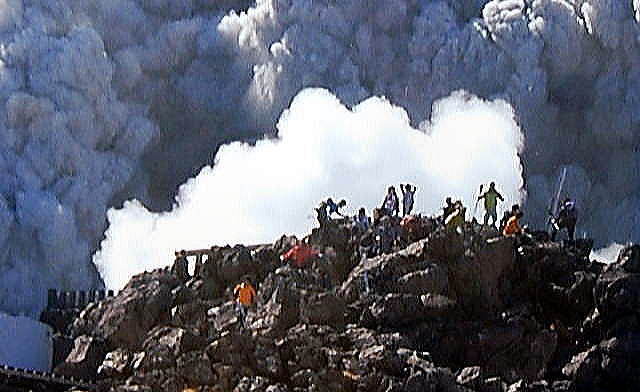 Photo courtesy of Yamabiko no Kai. (Enlargement of part) 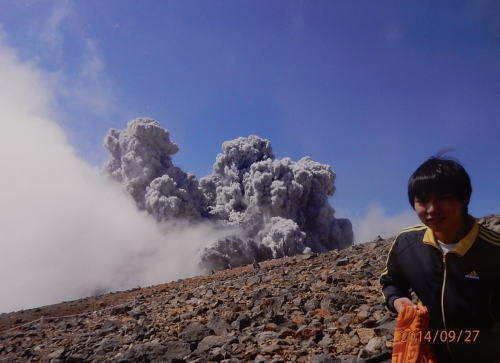 Photo courtesy of Yamabiko no Kai.(initial stage of an eruption)) 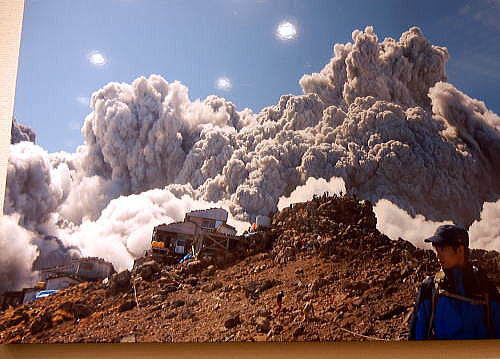 Photo courtesy of Yamabiko no Kai. 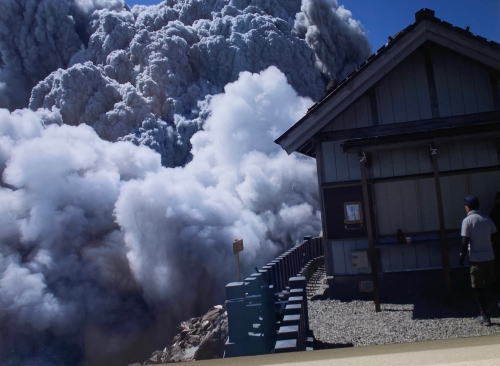 Photo courtesy of Yamabiko no Kai. 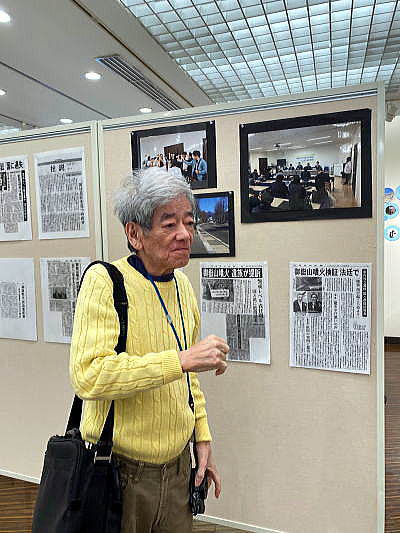 Photo teken by Komichi Ikeda 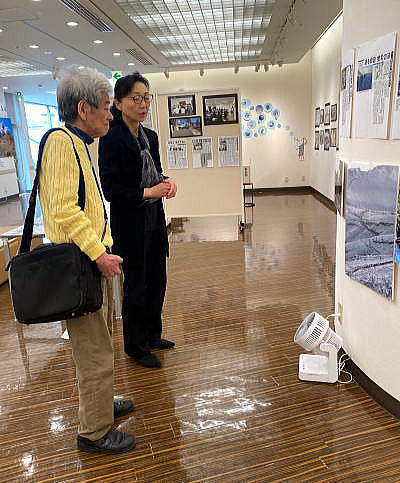 Photo teken by Komichi Ikeda 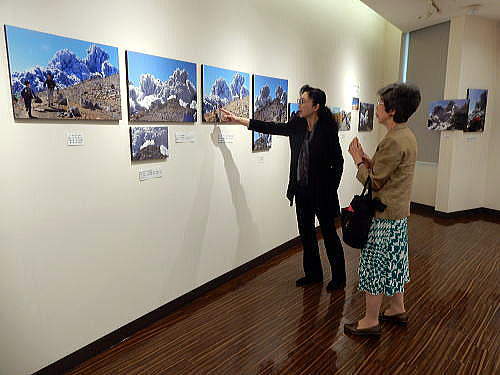 Photo teken by Teiichi Aoyamac  Photo teken by Teiichi Aoyamac  Photo teken by Komichi Ikeda (Lost goods) 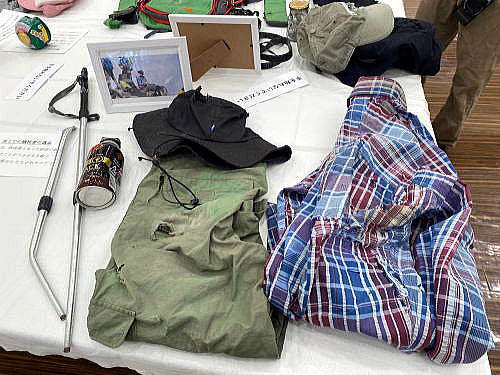 Photo teken by Komichi Ikeda (Lost goods) 本稿終了 |